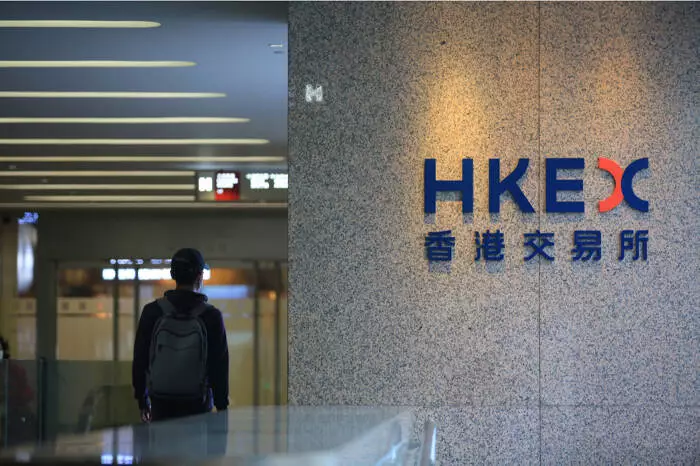The Hang Seng Index has recently demonstrated a promising reversal, breaking a five-week losing streak with a noteworthy 2.30% uptick. This rebound can largely be attributed to unexpectedly positive economic data coupled with renewed hopes for stimulus measures from Beijing. The backdrop of this rally includes significant insights from Chinese officials, including representatives from the Ministry of Commerce and the People’s Bank of China, who have highlighted plans to boost the service sector, a vital aspect of the economy that has been under pressure due to ongoing trade tensions and global economic uncertainties.
The relationship between Hong Kong’s markets and those on the mainland has become increasingly significant. Analysts like Brian Tycangco of Stansberry Research underscore the evolving dynamics, suggesting a potential decoupling from the US market as Hong Kong’s key indices have shown resilience despite Wall Street’s turbulence. This divergence hints at a fascinating new phase of market behavior that may arise if mainland stimulus measures succeed in stabilizing growth.
The Technology Sector’s Impact
In this context, technology giants in Hong Kong, such as Alibaba and Baidu, are playing pivotal roles in driving market performance. With impressive weekly gains of 5.53% and 4.36%, respectively, these companies reflect the optimism surrounding technological growth in the region. However, it’s essential to note the contrasting fortunes in the electric vehicle (EV) sector. While NIO Inc. surged by 4.99%, highlighting a possibly robust recovery trajectory, Li Auto’s slight decline of 0.55% raises questions about the varying consumer sentiments within the rapidly evolving automotive landscape. This inconsistency in performance among major players suggests a nuanced narrative at play, where market sentiment can shift rapidly based on broader economic signals.
Broader Market Insights
Turning our attention to mainland China’s equity markets, the CSI 300 and Shanghai Composite Index recorded gains of 0.59% and 1.19%, respectively, marking the end of an extended losing spell. Such recoveries are often seen after periods of pessimism collectively driven by policy uncertainties and trade conflicts. Yet, the uptick is a reminder that the markets are not immune to the impact of geopolitical tensions and the ramifications of central bank policies. Investors are justified in staying attuned to forthcoming developments from Beijing, particularly with the National People’s Congress Standing Committee meeting approaching.
In the backdrop of this market activity, commodities like gold have also shown impressive performance, hitting record highs amid rising geopolitical tensions and comments from powerful figures such as Federal Reserve Chair Jerome Powell. This blend of economic factors continues to fuel interest in safe-haven assets, with gold recording a substantial weekly gain. The interplay of these elements—from increasing tariff risks to the rallying oil prices, climbing 4.48% on increased demand from China—dominate the narratives surrounding commodities and their corresponding equities.
Global Context and Implications
The recent market dynamics illustrate a broader context where U.S.-China trade relations remain a central focal point. President Trump’s claims of significant progress in trade negotiations with Japan further complicate the narrative. The fact that even amid stronger Yen performance, export-linked stocks in Japan have remained buoyant indicates that investor confidence is still able to withstand fluctuations in currency values.
The Nikkei Index’s rise of 2.13% reflects this optimism, aided by strong performances from key corporations like Sony Corp., which surged by 6.12%. As investors navigate this multifaceted market landscape, careful attention to policy shifts and trade dialogue becomes increasingly critical. The upcoming National People’s Congress meeting will be particularly telling, as discussions on private sector revitalization could signal the direction of future economic policies.
In this environment of volatility and uncertainty, the paramount challenge for investors is to stay informed and anticipate changes arising from both domestic and international fronts. The interplay of stimulus actions, geopolitical relationships, and sector-specific performance will dictate market movements in the coming weeks, reinforcing the necessity for vigilance in investment strategies.

